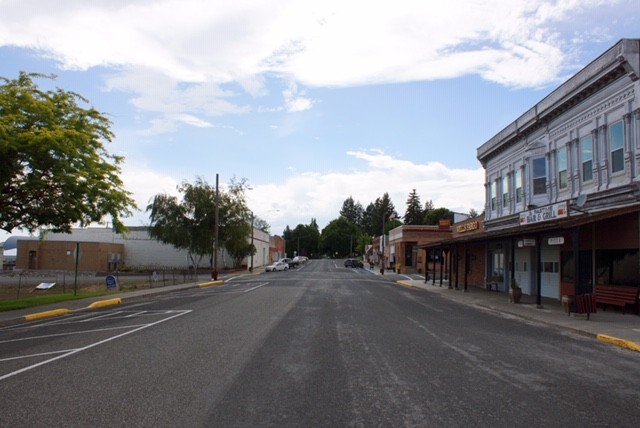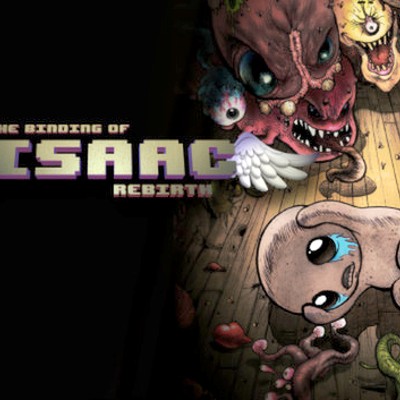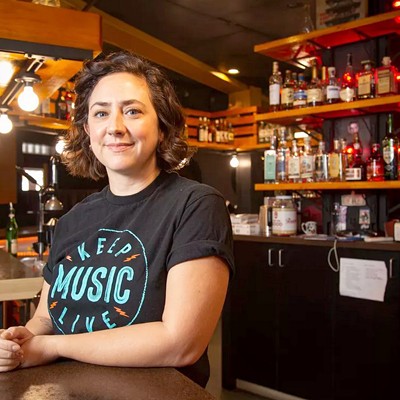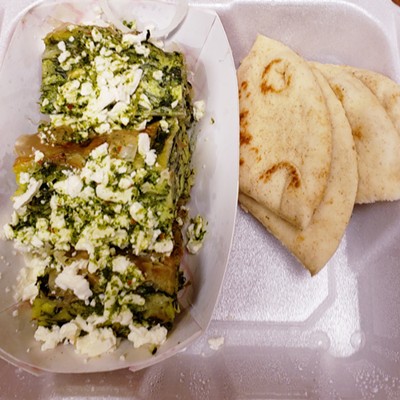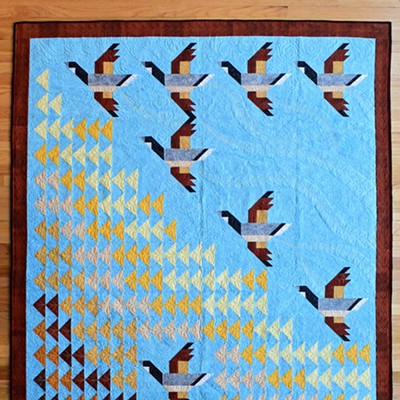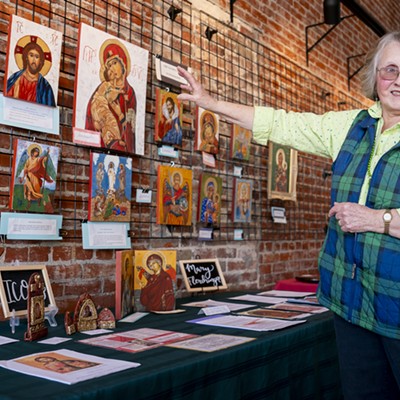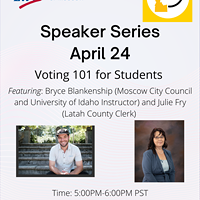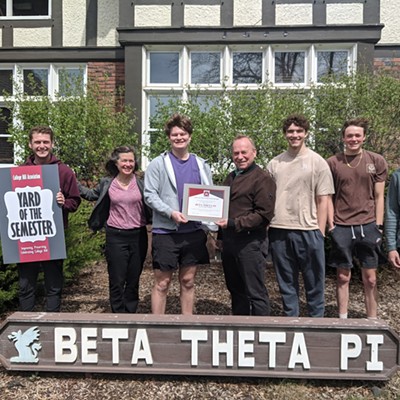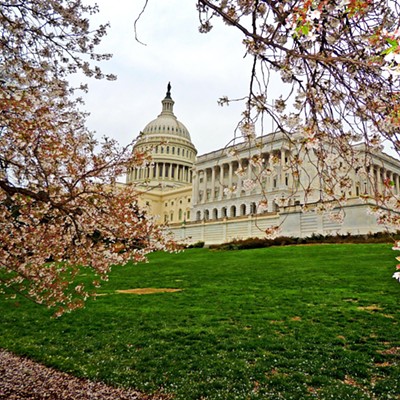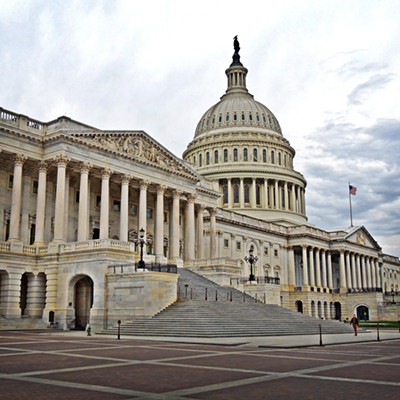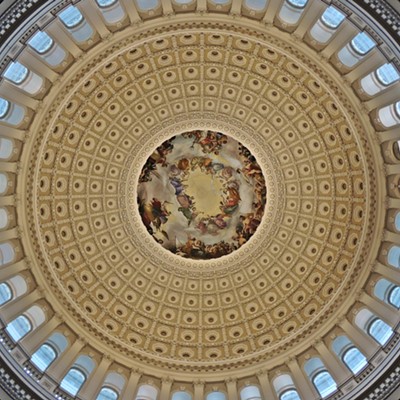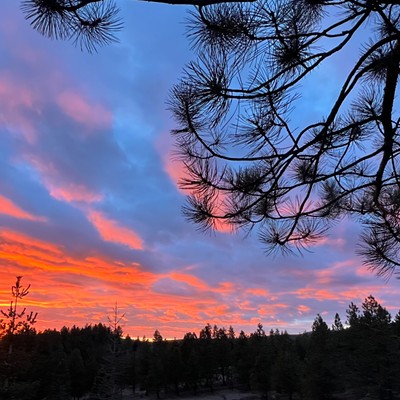By David Jackson
For Inland 360
The Smithsonian Institute’s Museum on Main Street traveling exhibition is kicking off its 25th anniversary tour this summer.
And its first stop is in our backyard.
“Crossroads: Change in Rural America,” opens Friday at the Moscow Chamber of Commerce and runs through Oct. 4.
The exhibit is being coordinated by the Latah County Historical Society and the chamber. Opening ceremonies are scheduled from 5-7 p.m. Friday in Moscow’s Friendship Square. A presentation introducing the exhibit to the community will begin at 5:15 followed by a ribbon cutting ceremony in front of the chamber office.
The exhibit, which will feature mainly photos and written narratives, focuses on the changes and challenges in rural America over the past 100 years.
“(There will be) themes like infrastructure, changes to local economies and changes in education,” said Dulce Kersting-Lark, the society’s executive director.
“There’s a narrative being spun about rural America dying but there are a lot of things rural America is showing us. There’s a lot of innovation and perseverance that comes from rural America.”
The exhibit’s arrival is the culmination of applying for and receiving a grant from the Idaho Humanities Council last year. As part of the application process, Kersting-Lark had to identify a venue for the exhibit. Her first call was to the chamber.
“It’s a great public space, it has a great glass front to the building and it’s on Main Street,” she said, referring to the title of the Smithsonian’s travelling exhibit. “This location will maximize our visibility.”
In conjunction with artifacts provided by the Smithsonian, the society is presenting a series of local photos contrasting the differences for specific sites from 100 years ago to today. These photos will feature shots from different places within Latah County.
The society is encouraging area schools to attend the exhibit by offering $100 travel scholarships to Latah County schools outside of Moscow to offset the cost of bus transportation. Applications for the travel stipend can be found on the society’s website.
“Crossroads: Change in Rural America” will be exhibited in five other cities in Idaho, including Lewiston from Jan. 17 through Feb. 28 at the Lewis-Clark State College Center for Arts & History.
As part of the “Crossroads: Change in Rural America” exhibit, the Latah County Historical Society has organized four Happy Hour events to further conversations about how the national trends highlighted in the exhibit relate to Latah County.
The schedule is as follows:
What: “Company Town Legacy: Potlatch at the Crossroads,” with Diane Kelly-Riley, associate professor of history at the University of Idaho.
When: 5-6 p.m. Tuesday.
Where: The Garden Lounge, 313 S. Main St., Moscow.
What: “Divided Loyalties and Tribal Rights,” with Amy Canfield, professor of history at Lewis-Clark State College.
When: 5:30-6:30 p.m. Wednesday.
Where: Moscow Public Library, 110 S. Jefferson St., Moscow.
What: “Big Meadow Creek Reflections,” with Judy LaLonde with Latah County Historical Society, Palouse Land Trust and Idaho Department of Fish and Game.
When: 5:30-7 p.m. Sept. 3.
Where: Big Meadow Creek Alpacas, 1021 McKeehan Road, Troy.
What: “The Crossroads as Witness: Hope, Silence and the Rural Ideal,” with Rochelle Johnson, professor of American literature and environmental humanities at the College of Idaho.
When: 5-6 p.m. Sept. 17.
Where: One World Café, 533 S. Main St., Moscow.


